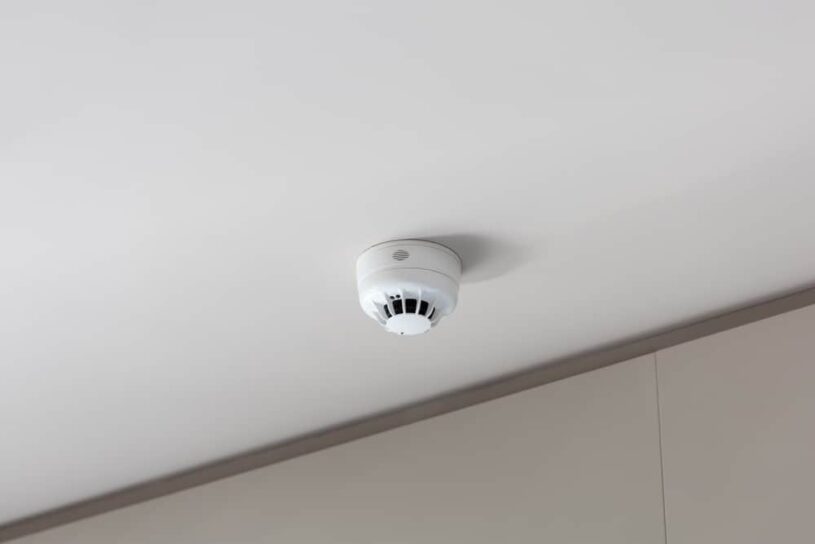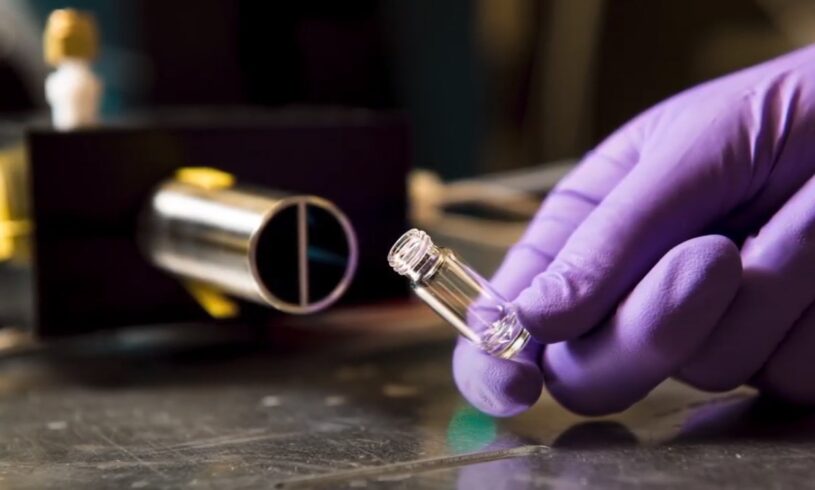Vapor detection, a noteworthy technological advent, is rapidly emerging at the forefront, driven by the widespread adoption of vaping. This technique deploys sophisticated mechanisms to identify the presence of vapor emissions, mainly from vaping devices and e-cigarettes. The relevance of vape detectors is paramount in creating a secure and healthy environment, particularly in spaces where vaping is explicitly forbidden, thereby serving as an indispensable tool for enforcing compliance with public health standards and organizational policies.
The concept of vapor detection is intertwined with the rise of vaping, necessitating a deeper understanding of both the practice of vaping and the technology developed to monitor it. This dual perspective is essential to comprehend the significance of vapor detection fully and its consequential impact on various sectors such as education, healthcare, and corporate environments, fostering a conducive atmosphere and mitigating the potential ramifications of unregulated vaping.
Understanding Vaping and Its Implications

Vaping, characterized by the inhalation and exhalation of aerosol, or vapor, arises from electronic devices like e-cigarettes. It has soared in popularity, propelled by its portrayal as a relatively safer substitute to conventional tobacco smoking. This modern phenomenon, however, still casts shadows of myriad health and safety considerations. The dialogue surrounding vaping underscores that despite its lower risk profile compared to traditional tobacco products, it’s not entirely benign, particularly concerning the younger demographic.
This form of smoking exposes users to fewer toxins than combustible cigarettes, but it also introduces a host of new risks and uncertainties. The myriad flavors available and the marketed safety compared to traditional smoking have made it a preferred choice amongst the younger population, leading to a potential public health concern. The ambiguous nature of the health implications of vaping has spurred extensive research and discussions among healthcare professionals and policymakers, aiming to decipher its long-term effects and regulate its use appropriately.
The Need for Vape Detection Technology
The need for vape detection technology is accentuated by the escalating popularity of vaping, especially among younger demographics. It is indispensable for identifying and curbing vaping in prohibited areas, ensuring compliance with established norms and maintaining an environment conducive to health and wellness. This technology is not merely about detecting vapor; it’s about fostering spaces that uphold the well-being and safety of the individuals within them, thereby averting potential health hazards associated with vaping.
This growing necessity is also a response to the increasing sophistication of vaping devices. As these devices evolve to become more discreet and versatile, the technology to detect them must also advance to counteract their prevalence effectively. Hence, vape detection technology is pivotal, enabling a proactive approach in managing and mitigating the impact of vaping in various settings, ensuring the maintenance of health standards, and contributing to the overall well-being of the community.
Types of Environments Requiring Vapor Detection

Vapor detection is crucial in diverse settings such as schools, workplaces, and public spaces, each presenting its unique challenges. Schools face the task of maintaining a drug-free environment, and the discrete nature of vaping devices makes it a pressing concern. The introduction of a vape detector assists in enforcing anti-vaping policies and serves as a deterrent to potential violators.
Public spaces like malls, theaters, and restaurants are also embracing vape detection technology to uphold public health standards and ensure customer satisfaction. These varied environments necessitate adaptive and resilient vapor detection solutions that can address their specific needs and challenges, fostering spaces that are in alignment with health norms and regulations.
Basic Components of Modern Vape Detectors
Modern vape detectors are a symphony of intricate components working in harmony to detect vaping. They predominantly comprise sensors and alarms that work conjointly to identify the presence of vapor. These components form the backbone of the detection system, scrutinizing the environment for signs of vapor and triggering alerts when vaping is detected.
These detectors are adept at distinguishing vapor from other environmental elements, leveraging advancements in sensor technology and data analysis. This prowess ensures the accuracy and reliability of the detection system, making it an effective tool in enforcing vaping regulations and maintaining a healthy atmosphere in various settings.
Sensors Used in Vapor Detection

Diving deeper into the technology, a myriad of sensors, including photoelectric, chemical, and acoustic sensors, are deployed in vape detectors, each offering its strengths and weaknesses. Photoelectric sensors are prized for their ability to detect visible and invisible light changes, enabling them to identify vapor effectively. Chemical sensors, on the other hand, analyze the air’s chemical composition to detect the presence of vapor, providing a different layer of detection accuracy.
Data Processing and Analysis
Data processing and analysis play a quintessential role in enhancing the accuracy and reliability of vape detectors. Sophisticated algorithms analyze the data collected by the sensors to differentiate between vapor and other environmental elements accurately. The integration of artificial intelligence and machine learning augments the detection process, enabling the system to learn and adapt, thereby improving its accuracy over time.
Integration with Building Systems

Integration capability is a hallmark of modern vape detectors, allowing them to meld seamlessly with existing building systems like HVAC and security. This interconnectedness enables real-time responses and alerts, ensuring immediate action can be taken when vaping is detected. Such integration fosters a cohesive approach to maintaining building security and health standards, providing a multi-layered defense against the potential repercussions of vaping.
False Positives and Minimizing Nuisance Alarms
Addressing the issue of false positives is imperative in vape detection technology. It is crucial to refine detection algorithms continually to minimize nuisance alarms and ensure accurate detection. Strategies like machine learning and ongoing system calibration are employed to discern between vapor and other environmental elements accurately, reducing the likelihood of false alarms and maintaining system credibility.
Compliance and Regulations
Navigating the landscape of regulations and compliance standards is essential in the realm of vape detection. Different industries have specific standards and regulations that need to be adhered to, and non-compliance can lead to significant repercussions. Understanding and aligning with these regulations is crucial for the successful implementation of vape detection technology, ensuring it meets the legal and ethical standards set forth by regulatory bodies.
Case Studies and Success Stories

The real-world implementations of vape detection technology are diverse, each showcasing the positive impact and success of these systems. From schools leveraging vape detectors to enforce anti-vaping policies to workplaces integrating them to maintain a healthy environment, the success stories are manifold. These case studies underscore the versatility and efficacy of vape detectors in addressing the challenges posed by vaping in different environments.
Future Trends in Vapor Detection
The horizon of vapor detection technology is ever-expanding, with emerging trends and advancements shaping its future landscape. Innovations in sensor technology, data analysis, and integration capabilities are continually enhancing the efficacy and versatility of vape detectors. The future of vapor detection is poised to witness groundbreaking developments that will redefine its capabilities and applications.
Conclusion
Vapor detection technology stands as a beacon of advancement and innovation in the ongoing dialogue surrounding vaping. It embodies a multifaceted approach to mitigating the potential ramifications of vaping, ensuring the well-being and safety of individuals across various environments. The exploration of the tech behind modern vape detectors unveils a realm brimming with potential and possibilities, reflecting the relentless pursuit of creating spaces that are in alignment with health and safety standards.
